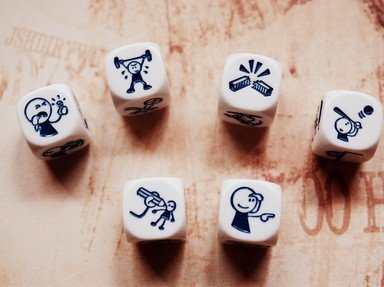Quiz Answer Key and Fun Facts
1. Believe it or not, men's Long Johns were first used as what?
2. Ladders have been known to man for at least 10,000 years.
3. Which commonly used household spice was once so expensive that it was referred to as "black gold"?
4. In Ancient Rome, which nocturnal creature's eggs were used as a hangover cure?
5. Millie is an old-fashioned woman's name - but, think about this, the word also once had another meaning in Northern Ireland. What was it?
6. Born in Montana in 1905, the lovely American actress Myrna Loy was given her unusual first name by her father. After what did he name her?
7. Poor old Lady Sybil Grant, the eldest daughter of a British Prime Minister, went "nuts" in her old age. She spent her last years in which peculiar location?
8. The Medici giraffe was the last live giraffe seen in Europe for 340 years.
9. Actor Sydney Greenstreet had the dubious honour of seeing one of his characters named after which device from the 1940s?
10. Leading up to Queen Elizabeth's marriage as a young woman, when all her gifts were on display, the Queen Mother indignantly removed a lovely piece of hand-crafted lace from Gandhi. Why?
Source: Author
Creedy
This quiz was reviewed by FunTrivia editor
agony before going online.
Any errors found in FunTrivia content are routinely corrected through our feedback system.


